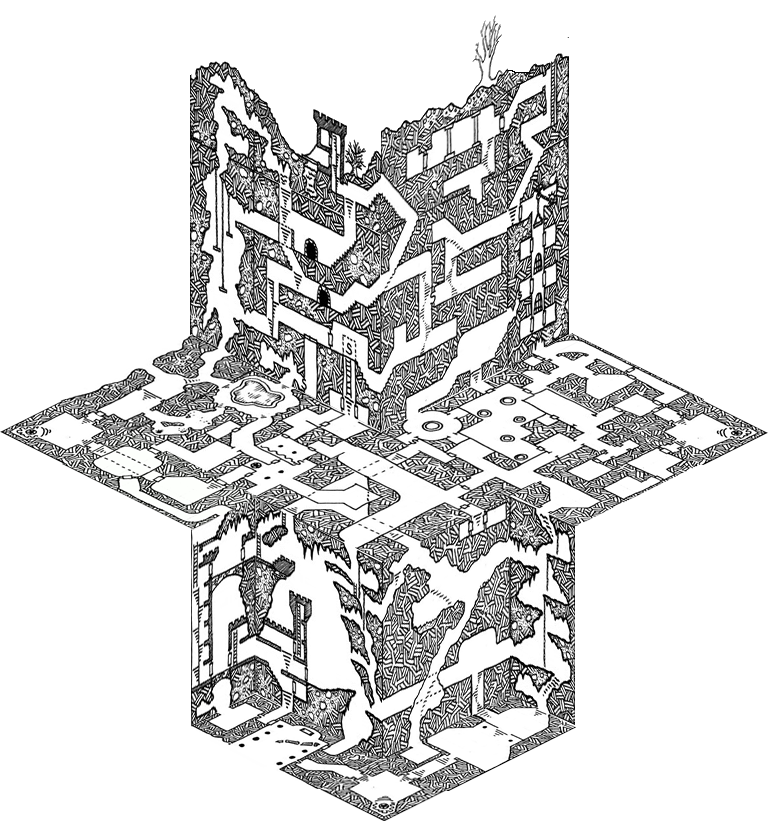Over at B/X Blackrazor JD discusses how to make weapons different without making the combat a mess.
My two groups have been playtesting a system where all weapons do the same damage, with two-handed weapons roll two dice and pick the highest. Players liked the fact that they characters could pick any weapon without caring for the effects, and having machete-wielding, shuriken-throwing magic-users totally rocks. Simple design and great style is win.
Anyway, after a few sessions we started playtesting rules for weapon-specific rules, similar in scope to what JD proposes; here’s the list we currently use:
- maces, war-picks and unbalanced, top heavy weapons: +2 to hit against armoured opponents (and equivalent like dragons). Also appropriate for crossbows, axes and the like.
- axes and unbalanced, top-heavy blades: once per round, if the wielder’s melee attack fells an opponent, an additional follow-up melee attack can be carried out. Also appropriate for maces and swords.
- flails and chains: the wielder’s opponent does not benefits from shield bonuses against the wielder’s attacks.
- swords and long blades: +1 to DEF against a single melee opponent. Also appropriate for spears and staves.
- spears and polearms: if the wielder haven’t attacked in a round and is being attacked in melee, the wielder can opt to preempt the attack with his round’s melee attack.
- daggers and very small weapons: really easy to conceal (2+ on a d6).
Players really like it because the character customization impacts in a greater way in fights. Also weapons have been changes in the middle of really critical fights (a scene quite cool in movies that I’ve never seen before in RPGs).

